KEY TAKEAWAYS
👉Even careful grooming can lead to accidents like nicks, burns, or allergic reactions—knowing how to respond can make a big difference.
👉Quick, calm action (like flushing the eyes or rinsing off irritating products) helps prevent minor issues from getting worse.
👉Some signs mean it’s time to call the vet, especially if there’s ongoing bleeding, eye injuries, or breathing trouble.
👉Keeping tools clean and your dog comfortable can help prevent future injuries and stress.
👉Grooming anxiety is real, but with patience and positive reinforcement, trust can be rebuilt.
Have you ever started a simple grooming session with your dog, only for it to turn into an “oops” moment?
Dog grooming is one of those regular tasks most pet parents handle without much thought—until something goes wrong.
As a veterinarian, I’ve seen my fair share of grooming accidents walk through the clinic doors. Some are minor, like small nicks from nail clippers, while others are more serious injuries that could have been prevented with the right knowledge.
In this post, I’ll walk you through the most common dog grooming accidents, explain immediate first aid care, and help you recognize when it’s time to seek veterinary help.
Every Dog Mom (and Dad) Faces Grooming Accidents
Here’s the truth.
Grooming accidents happen to everyone—even professional groomers with years of experience. You’re not a bad pet parent if your dog gets a small cut during nail trimming or develops clipper burn. What really matters is knowing how to respond fast when these situations occur.
In my years of practice, I’ve noticed that the pet owners who handle grooming accidents best are the ones who come prepared. They know basic first aid, keep the right supplies on hand, and understand what can be managed at home versus when it’s time to call the vet.
Think of this as your emergency playbook for those unexpected moments that can turn a routine grooming session into a stressful situation. Let’s make sure you—and your pup—are ready for anything!
When Grooming Leads to Eye Trouble
Ever accidentally gotten shampoo or soap in your dog’s eyes during a bath? Yeah… it happens more often than we like to admit. The good news is, most mild eye irritation can be handled at home—but only if you act quickly.
Flushing the eye is the first step. Use a sterile saline solution or plain eye rinse made for pets (you can usually find these at pet stores or pharmacies). Avoid using tap water or human eye drops—they can make things worse.
DO NOT USE CONTACT SOLUTION TO RINSE YOUR DOG’S EYES. It is not appropriate for their eyes and may make the situation worse.
If your dog keeps squinting, pawing at their face, or their eye looks red or cloudy, it could be more than just irritation. Corneal ulcers (yep, tiny painful scratches on the surface of the eye) can happen from shampoo getting in their eye—and it need a vet’s attention. Corneal ulcers can get worse fast, and can be pretty painful.
Until you can get to the vet, try to keep your dog from rubbing their face or making it worse. An Elizabethan collar AKA “cone of shame” might help if they’re determined to scratch. And remember, any sign of green or yellow discharge, swelling, or a “blue” or hazy look in the eye = time to call the vet.
What to Do if Your Dog Has a Skin Reaction After Grooming
Let’s talk about when a bath or grooming session goes wrong… and your dog ends up itchy, red, or suddenly covered in bumps. A new shampoo or even a grooming spray can cause an allergic skin reaction, which can be miserable for your dog.
First things first—rinse it off. Get your dog in the tub or sink and rinse thoroughly with lukewarm water. The faster you remove the product, the better.
Next, cool compresses or pet-safe oatmeal rinses can help soothe the skin. Avoid harsh creams unless your vet recommends them—some human ingredients can be toxic to dogs.
For mild reactions, some vets may recommend a low dose of an over-the-counter antihistamine like Benadryl—but always double-check the dosage and safety first. If your dog starts having trouble breathing, swelling around the face, or vomiting, it’s time to head to the emergency vet. Reactions can go from mild to scary pretty quickly.
In more severe cases, your dog might develop something called furunculosis—painful skin swelling and sores, especially after a grooming session involving clippers or shaving. If your dog is suddenly acting sore, licking a lot, or seems really uncomfortable, don’t wait. This isn’t just “a little rash”—it needs treatment.
In more severe cases, your dog might develop something called furunculosis—painful skin swelling and sores, especially after a grooming session involving clippers or shaving. If your dog is suddenly acting sore, licking a lot, or seems really uncomfortable, don’t wait. This isn’t just “a little rash”—it needs veterinary treatment.
When to Call Your Veterinarian
We all hope grooming sessions go smoothly, but when they don’t, knowing when to get your vet involved can make a huge difference. Some situations need fast action, while others are more of a “keep an eye on it” kind of deal. Here’s how to tell the difference:
1. Immediate Emergency Situations
Some things just can’t wait. If you see any of the following, drop the shampoo, grab the leash (or carrier), and head to the vet or emergency clinic:
- Severe bleeding that won’t stop – If the bleeding soaks through a towel or just keeps coming after pressure, don’t wait it out.
- Deep cuts or wounds that look like they need stitches – If the skin is gaping or you can see muscle or fat tissue, that’s a definite vet visit.
- Allergic reactions that affect breathing – Trouble breathing, pale gums, or swelling around the face? This is a true emergency.
Eye injuries with signs of vision issues – If your dog is bumping into things, keeping an eye shut, or the eye looks cloudy, don’t mess around—get it checked ASAP.
2. Schedule a Same-Day Appointment
These situations may not be emergencies, but they shouldn’t wait days, either. If your dog is uncomfortable or something seems off after a grooming mishap, give your vet a call:
- Moderate cuts or small burns – If it’s not life-threatening but looks painful or is getting worse.
- Bleeding nails that won’t fully stop – A quick snip too far can lead to persistent bleeding, especially if your dog keeps walking on it.
- Signs of infection – Redness, swelling, oozing, or your dog acting sore around a wound or skin irritation.
- Weird behavior post-grooming – If your normally happy-go-lucky pup is hiding, shaking, or acting scared or aggressive, it’s worth getting checked out.
3. Monitor and Call if Symptoms Worsen
Some things seem minor at first but can get worse if not watched. Keep an eye on these, and don’t hesitate to call your vet if they stick around or escalate:
- Minor skin irritations that aren’t improving – A little redness is one thing, but if it spreads or your dog won’t leave it alone, it’s time to get advice.
- Changes in eating or drinking – If your dog skips a meal after grooming, it might be stress. But if it continues, call your vet.
- Constant licking or scratching – Especially if it starts to cause hair loss, sores, or swelling.
No one wants to overreact—but it’s always better to check in than wish you had. Vets would much rather reassure you than treat a problem that’s gone too far.
Dog Grooming Emergencies That Need Immediate Care
These are the “drop everything and get to the vet now” scenarios. Don’t second-guess yourself on these – it’s always better to overreact than to wait too long.
Severe bleeding that won’t stop. If you’ve been applying direct pressure to a cut for 10-15 minutes and blood is still flowing freely, that’s an emergency. I’m not talking about a few drops here and there – I mean steady bleeding that’s soaking through bandages or gauze. This usually means a larger blood vessel got nicked, and it’s not going to stop on its own.
Sometimes the location matters more than the amount of bleeding. Cuts on the ear flaps can bleed like crazy because there are lots of blood vessels there, but they’re often not as serious as they look. However, cuts near major arteries or in areas with thin skin need immediate attention.
Deep cuts requiring stitches. If you can see fat, muscle, or anything that doesn’t look like normal skin, that cut probably needs stitches. Gaping wounds – where the edges don’t naturally come together – also need professional closure. Don’t try to determine this yourself if you’re squeamish. When in doubt, take a photo and text it to your vet’s emergency line if they have one.
Allergic reactions affecting breathing. This is the big one that scares me most. If your dog starts having trouble breathing, develops facial swelling (especially around the muzzle or eyes), or becomes weak and wobbly after grooming, get to an emergency clinic immediately. These are signs of anaphylaxis, which can be life-threatening.
Other emergency allergy signs include excessive drooling, vomiting, diarrhea, or if your dog collapses. Don’t wait to see if it gets better – severe allergic reactions can progress really quickly.
Eye injuries with vision concerns. If your dog is squinting, bumping into things, or seems to be having trouble seeing, that’s an emergency. Same goes for any eye that looks cloudy, has blood in it, or if the pupil looks different than the other eye. Corneal ulcers can perforate (basically, the eye can rupture), and that’s a surgical emergency.
When in doubt, call-
Here’s my general rule – if you’re worried enough to Google “should I call the vet,” just call the vet. Most of us would rather have you check in about something minor than have you wait and worry. Plus, we can often give you guidance over the phone that will either put your mind at ease or help you determine if you need to come in.
Don’t feel bad about calling for something that turns out to be minor. I’d much rather see ten dogs with tiny cuts that didn’t need stitches than miss one serious injury because the owner was afraid to “bother” me. That’s what we’re here for.
Prevention Tips to Avoid Future Grooming Accidents
Grooming your dog at home can be a bonding experience, but it can also go sideways if you’re not careful. The good news? A few smart habits and a little awareness can go a long way in preventing injuries. Here’s how to make your next grooming session safer and less stressful—for both of you.
Proper Tool Maintenance
A dull blade is a dangerous blade. Grooming tools that are old, dull, or dirty can cause cuts, irritation, or even infections, so regular upkeep isn’t just about performance—it’s about safety.
Always keep blades sharp and clean, since clippers that tug instead of cutting smoothly can pull your dog’s skin and increase the risk of nicks. Take a moment to inspect your tools before each use, looking for loose screws, frayed cords, or any signs of wear.
And don’t hesitate to replace them when needed—if your brush has broken bristles or your nail clippers no longer cut cleanly, it’s worth the small investment to avoid a preventable accident.
Safe Grooming Practices
It’s tempting to rush when your dog won’t sit still, but slowing down during grooming can save you both a lot of stress. Take breaks if you need to—especially with bigger or fluffier dogs—because tired hands are shaky hands.
Use gentle restraint, like a no-slip mat or a safe grooming loop, but never pull or tie your dog in a way that’s uncomfortable. If your pup is nervous about clippers or the dryer, go at their pace and break things into smaller sessions instead of pushing through.
And don’t forget the basics: good lighting and a comfy setup make it easier to see what you’re doing and keep a steady hand.
Know Your Dog’s Limits
Every dog has different limits when it comes to grooming—some enjoy the attention, while others act like every brushstroke is torture. The key is to pay attention to your dog’s body language and adjust your approach when needed.
Watch for stress signals like panting, whining, growling, trembling, or trying to escape, which are all signs your dog has had enough. Don’t feel like you need to get everything done at once; if your pup is getting restless, it’s perfectly fine to split grooming into smaller sessions over a day or two.
Be extra mindful of sensitive areas, like paws or ears, since many dogs dislike being handled there. Respect their limits, and if necessary, work with a vet or trainer to help them get more comfortable. With a little planning and patience, you’ll keep grooming safe and turn it into a better experience for both of you.
Trust your instincts. You got this!
Building a Dog First Aid Kit
Listen to me. You NEED a well-stocked pet first aid kit – it can really make all the difference when a grooming accident happens. I can’t tell you how many times I’ve had frantic pet parents call me because they didn’t have basic supplies on hand to handle a minor cut or nail bleeding.
Basic Supplies List
You don’t need to go overboard, but these basics will cover most grooming accidents:
Get sterile gauze pads in 2×2 and 4×4 inch sizes, roll gauze, medical tape, and vet wrap (that stretchy stuff that sticks to itself). Non-stick pads are great for wounds that might stick to regular gauze.
Saline solution is your best friend – gentle enough for eyes but effective for cleaning wounds. Chlorhexidine solution works well too. Skip the hydrogen peroxide for wound cleaning – it can actually slow healing.
Styptic powder is a must-have for nail trimming accidents. This stops bleeding quickly when you’ve cut the nail too short. Cornstarch works in a pinch, but the real stuff is much better.
Print and laminate a card with your vet’s number, nearest emergency clinic, and pet poison control hotline. Include your dog’s weight, medications, and any allergies.
Other helpful items- Tweezers, instant cold packs, digital thermometer, disposable gloves, flashlight, and scissors. Even sweet dogs might bite when scared or in pain, so consider a soft muzzle too.
For a more comprehensive guide on building the perfect pet first aid kit, including detailed supply lists and storage tips, check out my complete guide to DIY pet first aid kit.
The bottom line –Don’t wait until you need it. Set aside an hour this weekend to gather these supplies. Your future self (and your dog) will thank you.
Preventing Grooming Anxiety After Accidents
If your dog had a bad grooming experience—whether it was a nick, burn, or just a stressful session—they might be nervous the next time they see the clippers or brush. And honestly? You might be a little anxious too. The key is to rebuild trust gradually—for both of you.
Rebuilding Trust With Grooming Tools
Start slow. Let your dog sniff or see the tools without using them right away. Don’t go straight into a full grooming session the day after an accident. Instead, spend a few minutes a day just getting them comfortable again—maybe laying the brush on the floor and rewarding them for approaching it, or letting them hear the clippers from a distance without using them yet.
Use Positive Reinforcement
Treats, praise, and a calm voice go a long way. If your dog lets you gently brush one paw without pulling away, reward that effort. The goal is to build positive associations again. Try to end every session—no matter how short—on a good note.
Even if all you did was brush one ear or touch the nail clippers to a paw without trimming, that’s progress!
When to Consider Professional Grooming Help
If your dog panics, growls, or just refuses to cooperate, it might be time to call in a pro. A professional groomer—especially one experienced with anxious dogs—can help work through fear-based behavior more safely. In some cases, talking to your vet about anxiety-reducing options or desensitization training might be helpful too. You don’t have to do it all alone.
Final Thoughts
Accidents during grooming can feel stressful and even a little scary, but they don’t mean you’re a bad pet owner. The fact that you’re here, learning how to handle them, shows just how much you care—and that’s what matters most.
The key is to keep your tools clean and safe, pay attention to your dog’s signals, and know when it’s time to call the vet.
And remember, it’s perfectly fine to take breaks, ask for help, or adjust your approach. Grooming is a learning experience for both you and your dog, and accidents are sometimes part of that journey.
I believe in you—and your dog is lucky to have you.









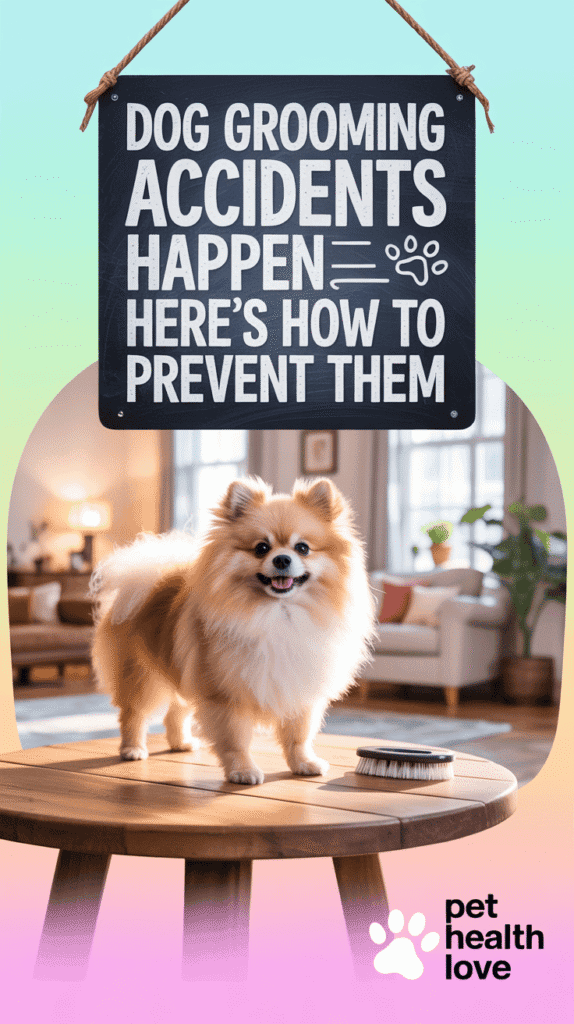
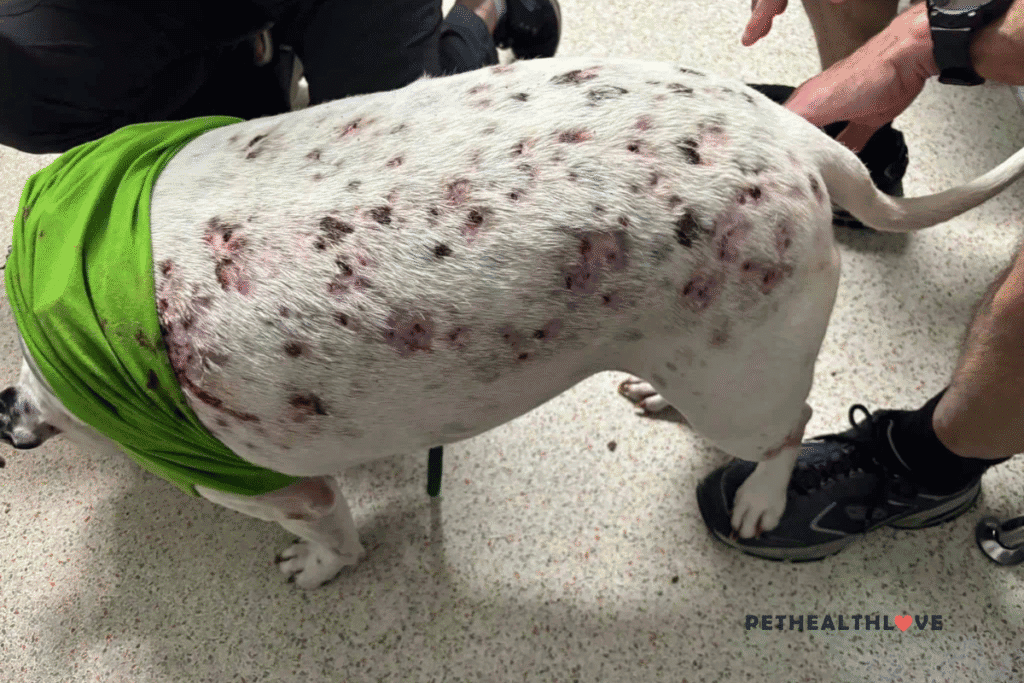
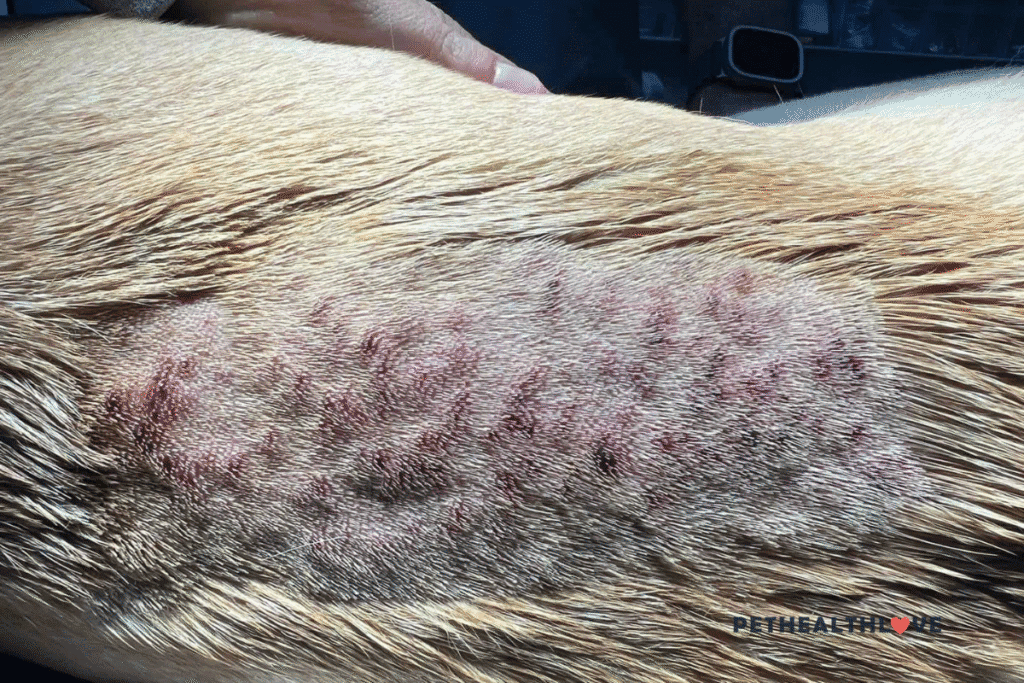
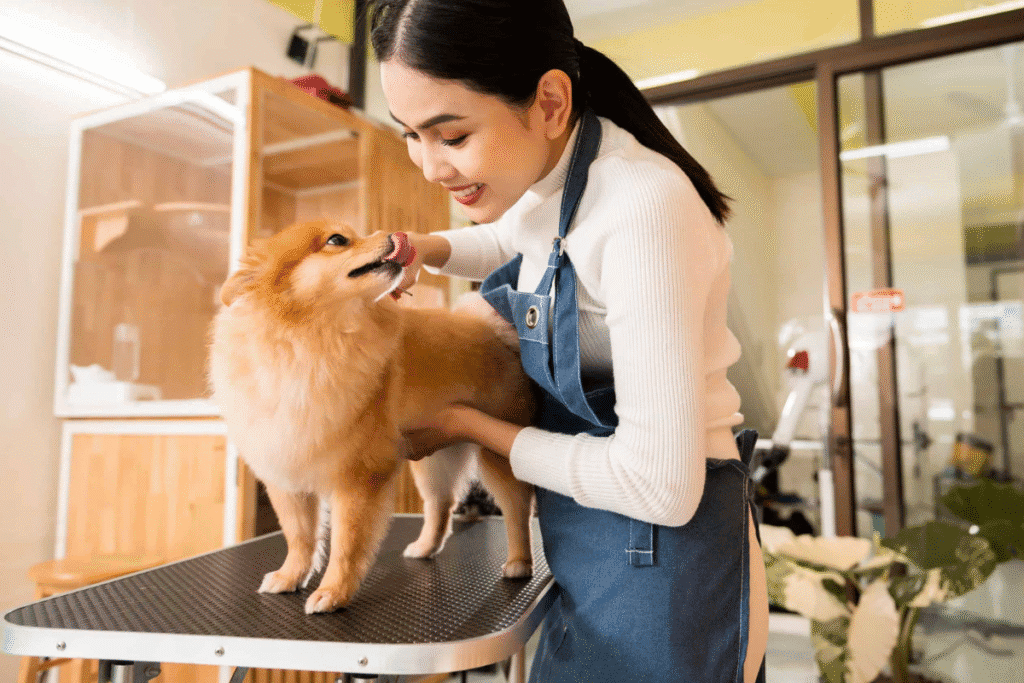
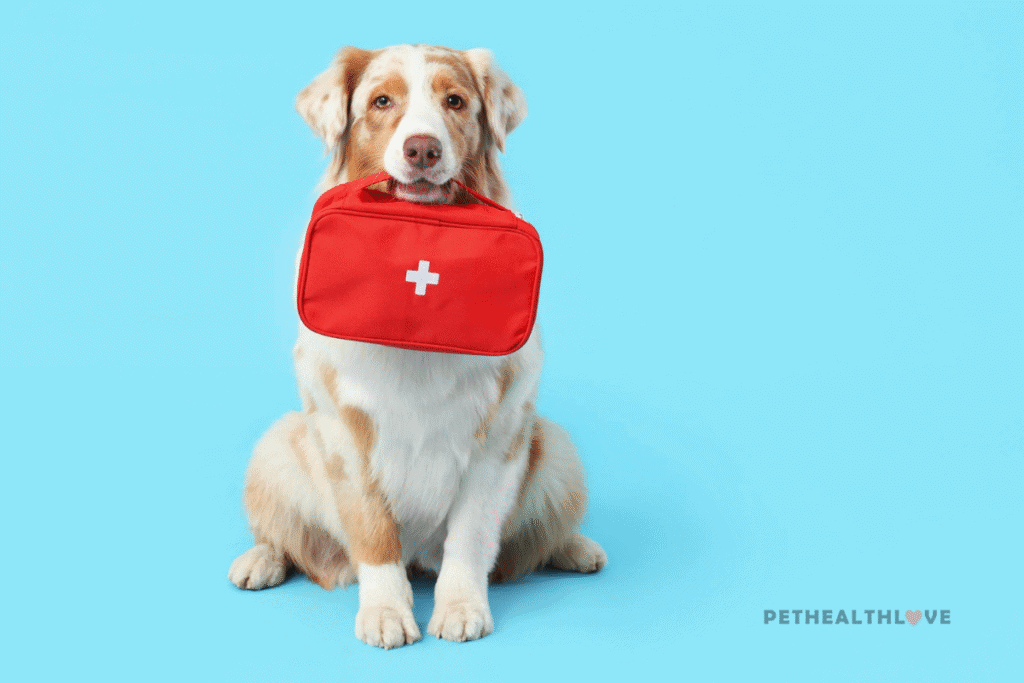
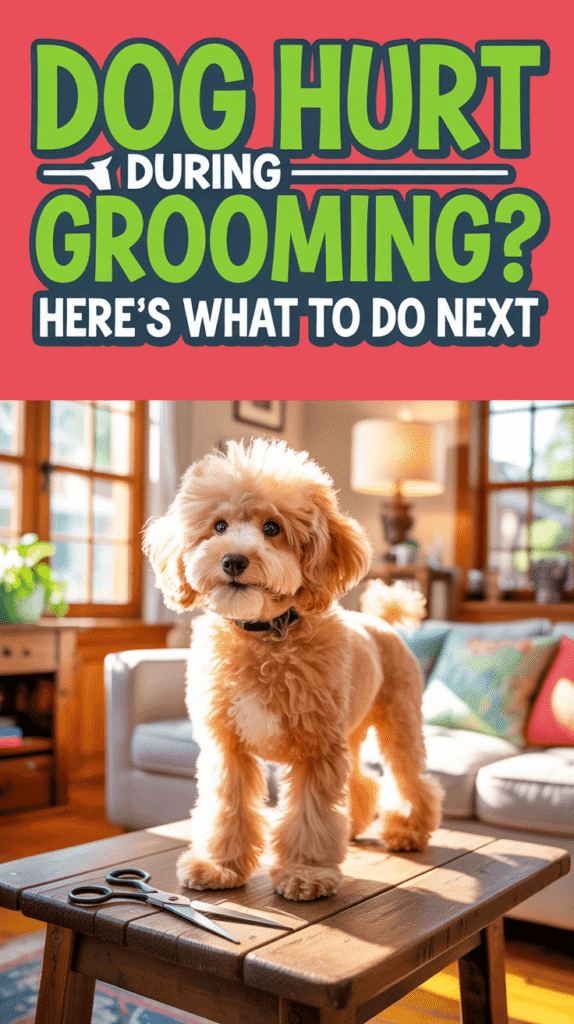
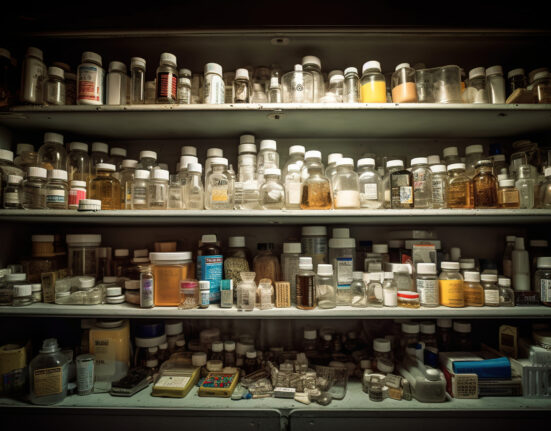
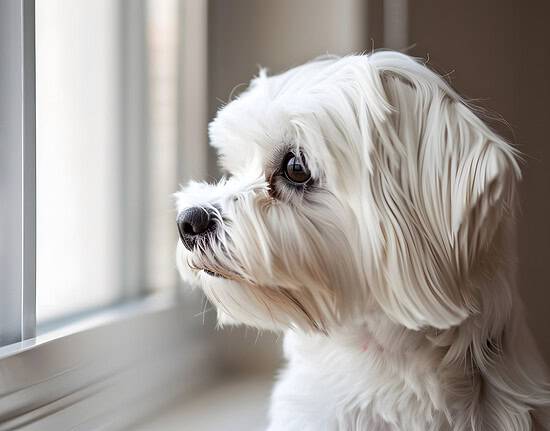
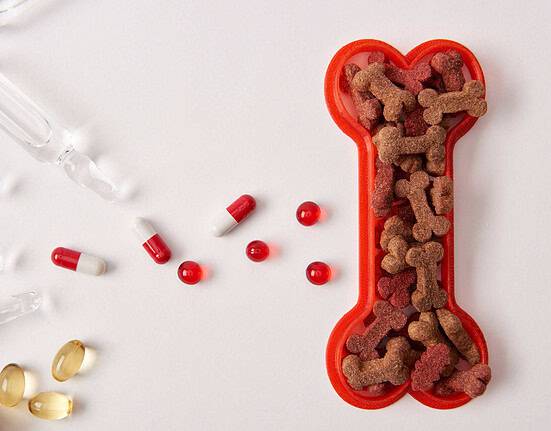


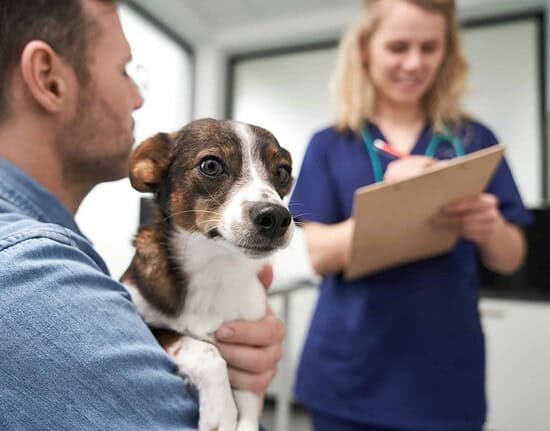
Leave feedback about this